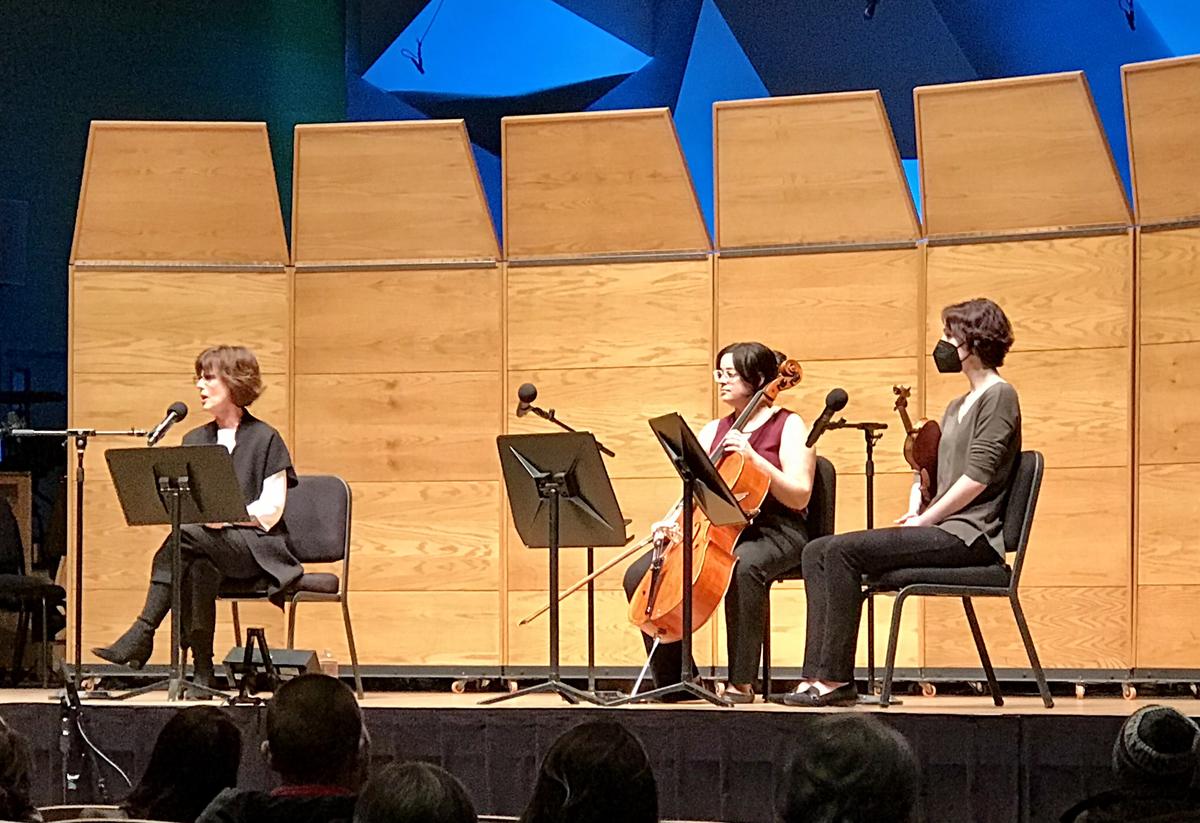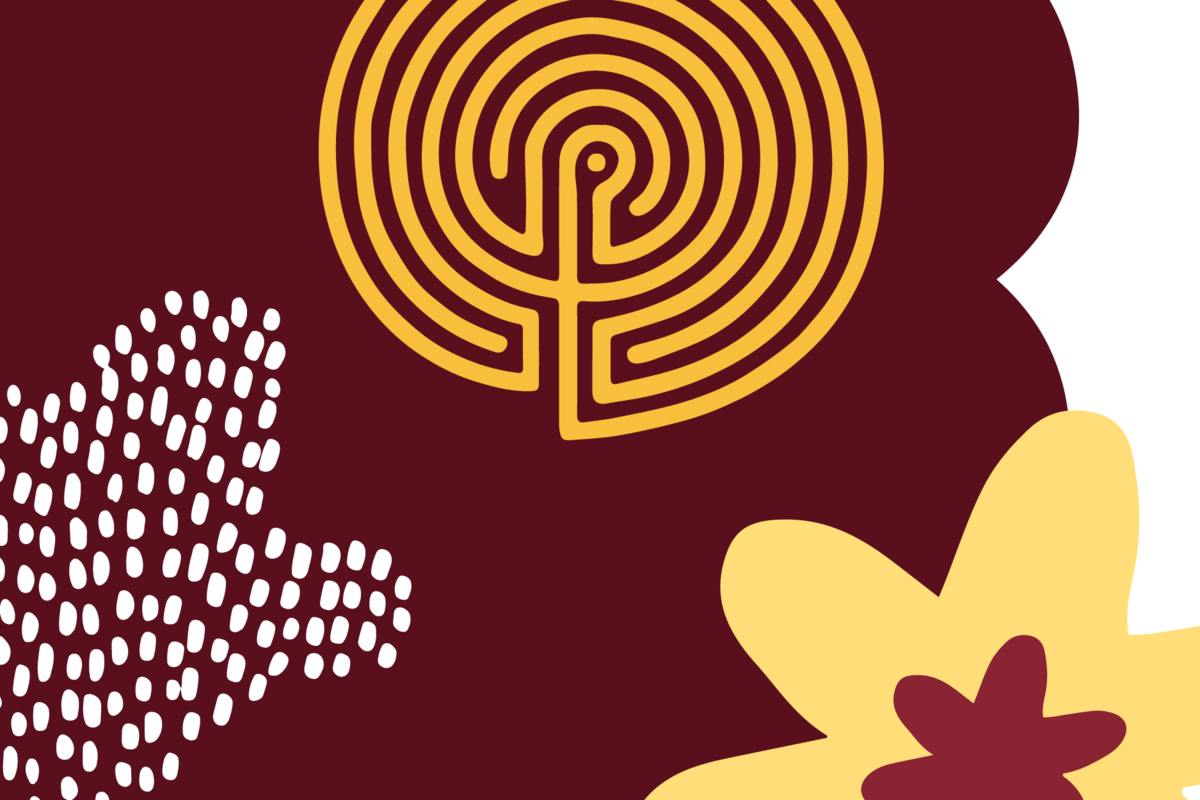CSH Mindfulness Newsletter – Issue 27, RAIN: A Mindfulness Practice for Being With Life’s Difficulties
May 1, 2022
Mariann Johnson
As I was preparing for a presentation recently, I noticed that familiar flavor of anxiety and the voices of could’ve, should’ve, and would’ve taking hold. The pressures of time and doubt were center stage, blocking out an inner resourcefulness that I also knew was there, but that was clearly dimmed now by the stress and anxiety running through my body, heart, and mind.
It was also just beginning to rain outside and the pleasant sound and the smells of a spring rain coming through my window were calling out to me, allowing me to momentarily hear the quiet whisper of another voice that said slow down, not so fast, come home. Let’s soften into this moment, just as it is.And then, ironically, I remembered another type of rain I could use in that moment - a practice developed by mindfulness teacher Michele McDonald over 20 years to help us be with and befriend challenging thoughts and emotions in a more helpful and resourceful way.
McDonald coined the acronym R.A.I.N. for Recognition of what is going on; Acceptance of the experience, just as it is; Interest in what is happening; and Non-Identification to depersonalize the experience. Over the years, mindfulness teacher, psychologist and author Tara Brach has modified and popularized the use of R.A.I.N. She also changed “N” to include Nurture, suggesting that the wise letting go inherent in non-identification occurs when we can bring a more compassionate perspective to our experience.
The following is a detailed description of the mindful R.A.I.N. practice that I used on that rainy day, allowing me to more wisely be with my challenging thoughts and emotions, and to show up more authentically and resourcefully to myself and others. Please note that this R.A.I.N. practice can be used as part of a formal meditation, or as in-the-moment reflective inquiry whenever strong emotions and/or a whirlwind of challenging thoughts arise.
RAIN: A Mindfulness Practice for Being With Life’s Difficulties (Adapted from Tara Brach’s R.A.I.N. meditation)
Whether you are practicing R.A.I.N. as part of a formal meditation or as an informal reflective inquiry, begin the practice by taking some time to gently settle into your body. Notice the feel of your feet in contact with the floor, with the earth itself. Relax the body as best you can, inviting a sense of ease. Then take in a few deeper, nourishing breaths prior to coming home to the natural, rhythmic sensations of your body breathing.
R – Recognize and acknowledge whatever is present with an awareness that serves as a dignified, nonjudgmental host. Shine a light on the dimension of human suffering you are experiencing, rather than engaging the common tendency to push it away, react impulsively, or distract ourselves from the discomfort. Recognizing means consciously acknowledging, in any given moment, the thoughts, feelings, and behaviors that are affecting you. This can be done with a simple mental whisper, noting what you are most aware of.
A – Accept or Allow the emotion and the experience to be there, just as it is. Allowing is not passivity, but rather an honest and courageous willingness to include whatever is present. As best we can, we pause in the midst of a charged emotion and allow for a more spacious and tender caring. Learning to be with our challenging emotions in this way also supports a common therapeutic adage, “We cannot heal what we do not feel.” Allowing means letting the thoughts, emotions, feelings, or sensations you have recognized simply be there, without trying to fix or avoid anything. You might recognize fear and allow by mentally whispering “it’s ok” or “this is just how it is right now.” Allowing creates a pause that makes it possible to deepen attention.
I – Investigate how the emotion is showing up in your body, mind and heart. Without over-analyzing, give the emotion and the body sensations room to breathe. Emotions are passing surges of energy moving through the body, mind and heart; observe how they can change and move in the light of nonjudgmental awareness. Our emotions also often hold wisdom. The more we can investigate our emotional discomfort or suffering - including conditioned patterns, beliefs, and inner dialogues - the more we can open up to a more caring and understanding attitude, toward ourselves and others.
Investigating means to call upon your natural curiosity to direct a more focused attention to the present moment experience of your emotions, thoughts, and body sensations. Whatever your inquiry, it may be most transformative or healing to gently step away from falling into your familiar narratives or trying to figure it out, and instead to bring your primary attention to the felt sense of the emotion in your body.
N – Nurturing and Non-Identification. The process of letting go begins to unfold. By allowing your emotions to be held in mindful awareness, you begin to see you don’t need to identify with your strong emotions, to attach to them or to be defined by them. We remember that everyone experiences challenging emotions; it’s part of our shared human condition. We recognize that we can choose to respond wisely and compassionately to our strong emotions, rather than react. With humility, we begin to honor our vulnerability, human dignity, and resilience.
Nurturing means offering yourself the same kindness you might offer a dear friend who is having a difficult time. Experiment with gestures of self-kindness that help to comfort, soften, and open your heart. It might be compassionate words of self-caring, or gently placing a hand on your heart, or envisioning being bathed in a warm, radiant light. Then, if it feels right, offer compassion to others, remembering that this being human is not easy for any of us.
After the R.A.I.N. When you’ve completed the steps of R.A.I.N., it’s important to notice the quality of your own presence and rest in that wakeful, tender space of awareness, learning, growing, and healing. You may also wish to journal or share your experience with a trusted friend.
These are difficult times for all of us and none of us ever does it alone. In times like these, it’s especially important for all of us to seek out and receive support from others. Please don’t hesitate to reach out to a mental health professional and/or trusted friend, family or religious leader. www.nami.org is an excellent resource as well.


